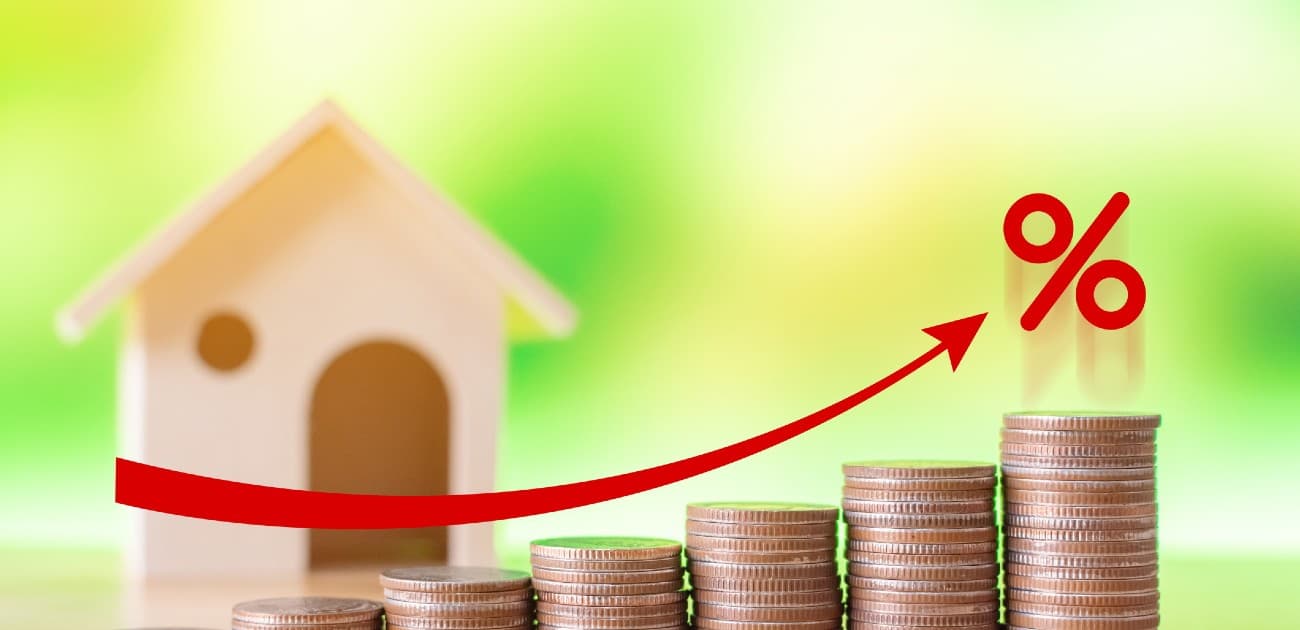The Federal Reserve voted on Wednesday to raise its target federal funds rate by a quarter of a point, despite a growing number of economists who’ve called on the Fed to put an end to its rate increase agenda. This marks the tenth time that the central bank has hiked its benchmark rate since March 2022, following a brief pause in June. It’s been the fastest pace of tightening since the early 1980s.
So far, “the impact on the mortgage rate appears to be muted,” Lawrence Yun, chief economist of the National Association of REALTORS®, said after the Fed’s move on Wednesday to raise its federal funds rate to a range of 5.25% to 5.5%. “The Fed, unfortunately, is still using language based on the lagging indicators of ‘robust’ jobs and ‘elevated’ inflation. The Fed Funds rate is now 2 percentage points higher than inflation, a rare and very tight monetary policy condition.”
The unemployment rate stands at 3.6% compared to 3.4% a few months ago, Yun adds. “All the while, because of higher interest rates, home sales have fallen, businesses are cutting back on investments and community banks are under stress,” he says.
The Fed is continuing to raise its short-term rates in an effort to cool inflation to a 2% target. Recent data has shown inflation cooling considerably from the highs a year ago of 9% and a drop to 3% in June. Economists have pointed to a long lag time in monetary policy as to why the Fed should stop raising its rate now, as the full impact of the past year’s decisions has yet to take effect.
Further, Justin Barry, a commercial real estate partner at the law firm Morris, Manning & Martin, says that the Fed’s rate hikes are putting increasing pressure on multifamily properties with floating-rate loans or maturing fixed-rate loans. “Many owners are attempting to pass along the increased financial burdens to tenants by increasing rental rates, provided that the demand in a particular submarket supports higher rental rates,” Barry says. “So, while the Fed is attempting to stave off inflation by raising interest rates, it could actually have the opposite effect on rents.” Housing costs, including rents, account for about one-third of the Consumer Price Index, which measures inflation.
Despite growing concerns over the rate hikes, the Fed signaled Wednesday that another hike is likely on the table at its next meeting this fall. “Looking ahead we will continue to take a data-dependent approach in determining the extent of additional policy firming that may be appropriate,” Fed Chair Jerome Powell said at a press conference Wednesday, reaffirming his goal to bring the inflation rate to a 2% target rate.
Higher Borrowing Costs Ahead?
The Fed’s rate affects borrowing costs in multiple ways, such as credit card rates (now at record highs), car loans, student debt and savings deposits (a bright spot for savers is that rates have moved to the highest levels since 2008’s financial crisis). While the Fed’s benchmark rate does not have a direct impact on mortgage rates, it does often influence them, and it does directly impact adjustable-rate mortgages and home equity lines of credit. The average rate for a HELOC is up to 8.58%, the highest in more than two decades, according to Bankrate.
About 77% of Americans say they’ve been directly affected by the Fed’s moves to raise its rates, according to a survey by WalletHub.
Higher mortgage rates, nearing 7% averages over recent weeks, have been pressing on home buyers’ budgets over the past year. Last week, the 30-year fixed-rate mortgage averaged 6.78%, up from a 5.54% average a year earlier and far from the 2% to 3% averages just before that, Freddie Mac reports. Home buyers also are up against higher home prices, too, with existing-home sales prices reaching the second-highest amount on record in June, according to NAR data.
Borrowing costs for home-buying likely will stay high, says George Ratiu, chief economist at Keeping Current Matters. “The Federal Reserve’s decision translates into elevated borrowing costs through the remainder of 2023,” Ratiu says. “Buyers can expect to continue seeing mortgage rates above 6%, although with 11 months of rates in that range, many home shoppers have adjusted their budgets to the new reality.”










